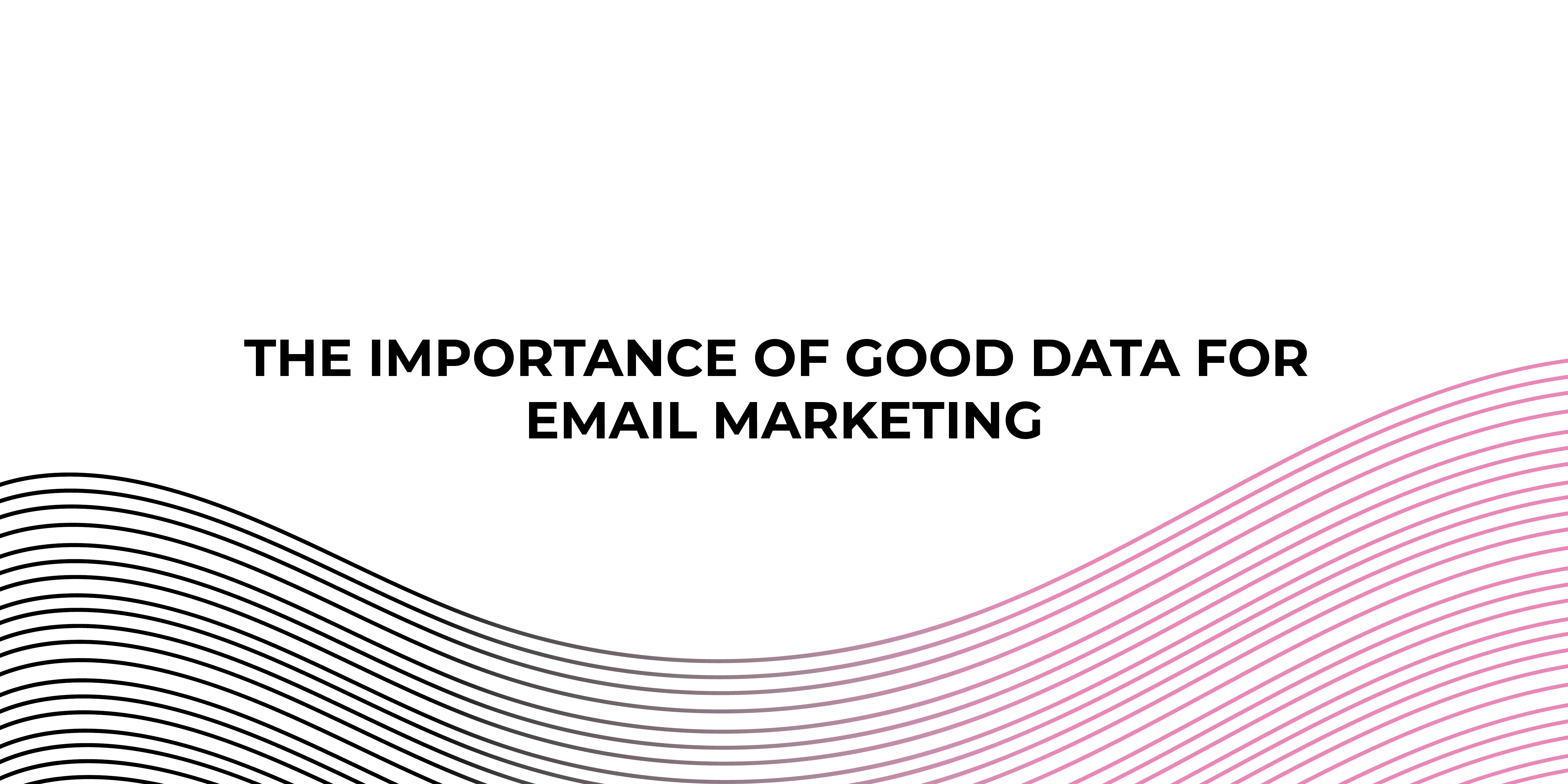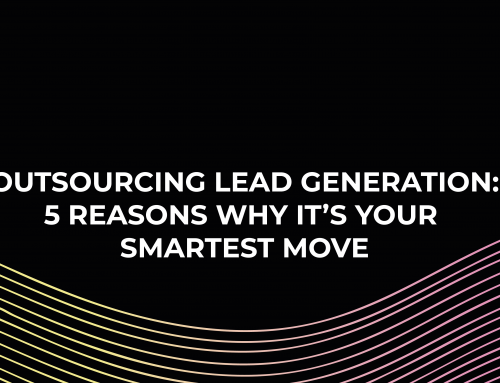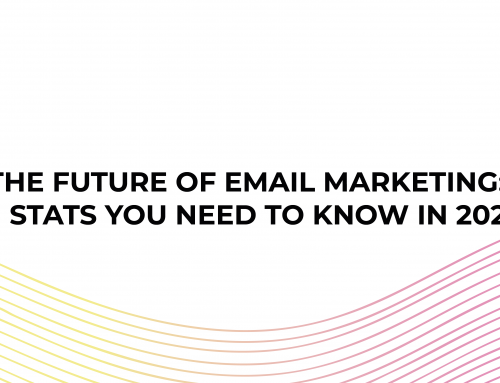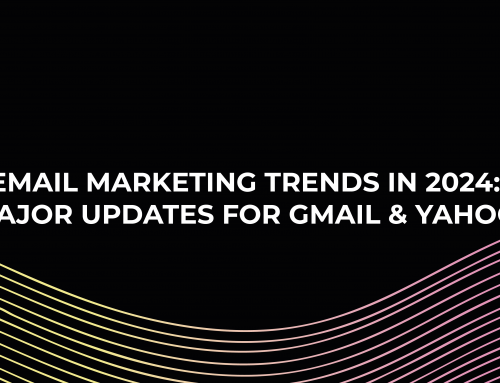Email remains at the centre of the marketing mix for most businesses. While email can increase your company’s performance, like with every marketing channel, email is only as effective as the data that drives it. Many marketers devote time and energy to improving text, graphics, and design, yet something as simple as data quality may go unnoticed.
What Exactly Is Data?
Before we begin, it is necessary to define what data is in the context of email marketing. Data, from the perspective of a business, is the vast amount of information that the firm accumulates every day:
- Email addresses
- The number and kind of advertisements that are clicked
- The number and mode of web page visits
Good data is beneficial for organizations as it gives a picture of trends, habits, and other vital information that can be used wisely to meet corporate goals.
Advantages of Using Good Data for Your Email Marketing
Having precise, high-quality data is essential for running effective email marketing campaigns. Data about your prospects and customers that are up to date helps you with the following benefits:
Email Marketing ROI and Data Quality Go Hand in Hand
Companies that utilize data to guide their campaigns beat competitors in terms of sales growth by 85%, according to McKinsey. And it’s not difficult to see why. You can simply enhance your email marketing efforts to maximize conversion if you acquire the proper data about your clients. This is because data enables marketers to employ more advanced types of email marketing such as customisation, automation, and segmentation, which has a direct influence on consumer engagement and ROI.
Make better choices.
Very few successful firms base their choices on a hunch. If you want to increase income from email marketing, you must focus on making decisions based on factual data about what works and what doesn’t.
Having accurate, high-quality data is critical for making strategic decisions that will benefit your bottom line. It will also assist you in avoiding costly email marketing blunders.
Make buyer personas.
A buyer persona is a fictitious depiction of your ideal customer. Buyer personas support marketing teams in generating marketing messaging and campaigns that will appeal to your target demographic.
You must have correct client data to develop buyer personas. Depending on how you approach developing buyer personas, you should collect some or all of the following information about your target audience:
- Age
- Gender
- Location
- Job description
- Pay
- Hobbies
With this information about your clients, you will be able to customize your emails and increase the efficacy of your email marketing.
4 strategies for better email marketing campaigns
If you use these email marketing techniques, an email will quickly become your most potent medium!
Let’s get this party started.
- More Personalization, Please
When we say customized email marketing, we don’t mean sending an individual email to each user. Personalization entails using consumer data to generate a personalised message.
Amazon is a wonderful example of a firm that excels at customization. All of Amazon’s emails are personalized.
It’s not “Dear valued customer”, but “Dear Steven”.
What’s more, the best thing is this:
Personalization is not used in 70% of businesses’ email marketing strategies. This implies that by customizing your emails, you will stand out from the crowd.
- Getting People’s Attention Through Subject Lines
Although it may appear simple, the impact of subject lines is sometimes underestimated. It is critical to choose the right subject line for an email to stand out in the inboxes of readers.
It’s not, “You might like these… (randomly generated)”, but “You might like these (based on your purchase history)”.
- Smart Segmentation
Segmentation implies sending the correct email to the right subscriber. You can Segment your email lists based on:
- Behavioural Information: Create segments depending on your customers’ browsing habits in your business.
- Previous Purchase Histories: Create segments of clients who have purchased specific goods.
- Participation in A Campaign: Using segmentation, you can keep your email list healthy and re-engage your subscribers.
- Sending mobile-friendly emails.
- In 2012, mobile devices were used to open 27 per cent of all marketing emails.
- By 2014, that figure had risen to 42 per cent.
- It is now as high as 61 per cent!
These are enormous figures!
What do you think happens when you send an email to a subscriber who receives their emails on their mobile device, but the email isn’t optimized for that device?
Most of the time, they will unsubscribe or remove it.
So, create a responsive email design that optimizes the user experience regardless of the device or screen they are using. The majority of email service providers (ESP) provide this solution as part of their email functionality.
What does high-quality email marketing data resemble?
If you want to get above-average outcomes with your email marketing efforts, you must work with high-quality data.
High-quality data is defined as:
Complete – All of the data fields for each contact in your database should be filled out. When it comes to useful contact information, there should be no gaps in your data.
Consistent data – Your data must be consistent across all of your systems and databases.
Accuracy – Having full and consistent data is useless if the data is incorrect. You must ensure that all of the information you have about your contacts is correct, legitimate, and up to date.
Let’s get started.
Email marketing is a no-brainer for your marketing mix. It is critical to maintaining the health of your email database to maintain peak performance.
It would be best if you were not scared to delete any inactive contacts that may be affecting your performance.
To improve your results, target only email subscribers interested in your brand and conduct email marketing campaigns targeted to specific subscriber profiles.
There will be fewer unsubscribes, more engagement and loyalty, and a higher conversion rate.




